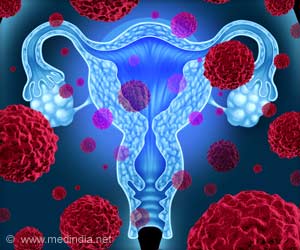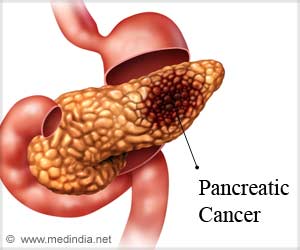Scientists have identified a gene, which influences breast density and could serve as a predictive marker for breast cancer.
Scientists have identified a gene, which influences breast density and could serve as a predictive marker for breast cancer.
Researchers at Mayo Clinic and H. Lee Moffitt Cancer Centers have identified a region on chromosome 5p that is significantly associated with dense breast tissue, a known risk factor for breast cancer.The team, which studied the DNA of 889 people, suggests that this gene could provide a biological target for agents that may reduce the disease’s risk by reducing breast density.
Women with dense breasts, meaning the breast has a smaller proportion of fat relative to stromal and epithelial tissues, are three to five times more likely to develop breast cancer than women with less dense breasts, according to the researchers.
The study, the first reported genetic linkage analysis for genes influencing breast density, “provides further evidence that this trait does appear to be genetically influenced,” said the study’s lead investigator, Celine Vachon, Ph.D., an epidemiologist at the Mayo Clinic in Rochester, Minnesota.
Although the investigators have strong evidence that a gene residing in this chromosomal region influences breast density, the exact gene that is responsible is not yet known.
“One or more of the 45 candidate genes in this region could explain a large proportion of mammographic breast density, and potentially, breast cancer,” she said.
Advertisement
Blood samples and mammograms were collected and analyzed for 756 female participants; 133 men were also included to help clarify genetic information in their offspring, mothers and sisters.
Advertisement
Researchers first studied 403 DNA markers spaced across the genome to determine the amount of genetic information shared at and between each of these genomic signposts and its correlation to breast density as measured on mammography.
They found three regions of interest, and narrowed the most promising region further by studying 21 additional, more densely spaced DNA markers. This secondary analysis highlighted one region consisting of approximately 45 known genes on chromosome 5p that was significantly associated with increased breast density.
The researchers then adjusted their analysis to eliminate the contribution of body mass index (BMI), which is a known breast cancer risk factor and also inversely associated with breast density, and found the “signal” was just as strong. “That means the location that we have identified on chromosome 5p does not appear to affect breast density through its influence on BMI,” she said.
Only age, diagnosis of abnormal cells on a breast biopsy and inheritance of rare breast susceptibility genes, such as BRCA1 and BRCA2, are stronger risk predictors of breast cancer than is breast density, Vachon said.
“At this point, we have not identified a gene or genes for breast density but a promising location to investigate further. Identification of genes for breast density will improve our understanding of how breast density influences breast cancer development in women,” Vachon said.
The study is published in the September 1 issue of Cancer Research, a publication of the American Association for Cancer Research.
Source-ANI
SRM/J











